Green for Green: California Governor Outlines $2.5 Billion Electric Vehicle Push

If California’s Jerry Brown is known for anything, it’s for continuing his familial legacy of governing the region for a weirdly long period of time and pressing for the proliferation of electric vehicles. While not all of the state’s EV initiatives have gone without a hitch (the LAPD’s unused fleet of battery powered BMWs springs to mind), Brown remains essential in keeping his neck of the woods on the forefront of alternative energy adoption.
Currently, California plans to place five million zero-emission vehicles on the road by 2030. The state previously set a target of 1.5 million ZEVs by 2025. That’s a massive increase, especially considering California only has about 350,000 examples currently plying its roads. Don’t worry, Brown has a plan to stimulate sales: $200 million worth of subsidies per year for the next eight years.
The remaining money in the state’s $2.5 billion plan would go toward bolstering California’s EV infrastructure. Brown wants to see 250,000 electric vehicle charging stations and 200 hydrogen fueling stations as soon as possible. That equates to about 18 times as many EV ports and six times as many hydrogen pumps than the state currently has.
Mary Nichols, chairwoman of the California Air Resources Board and perpetually ally for the cause, told The Detroit News that reaching the goal will mean 40 percent of vehicles sold in 2030 must be “clean.”
“We think that’s a very reasonable proposal,” Nichols said. “It’s not a stretch.”
California has already made strides in improving its air quality. Pursuing alternative energies helped the state substitute dirtier power plants with wind, solar and hydroelectricity. However, fixing vehicle-based emissions has been an uphill battle. In fact, it’s worse now than it has ever been, and California still wants to drop greenhouse gas emissions to 40 percent below 1990 levels by 2030. That’s not going to happen if people keep buying internal combustion SUVs and the trucking industry keeps on truckin’ with diesel.
Thus far, consumers in California have been among the most likely to consider vehicles with alternative fuel sources. But they still aren’t chomping at the bit. Brown says that’s okay, as he feels shoppers will begin favoring EVs as they become more prevalent on roadways and people become better informed on how they work.
Still, he’ll need to convince more than just consumers — the $2.5 billion in spending needs legislative approval if it’s to become a reality. Brown suggests the state use money from an array of existing programs at the California Energy Commission, plus cap-and-trade programs, which limit pollution levels and auctions off permits to exceed them.

A staunch consumer advocate tracking industry trends and regulation. Before joining TTAC, Matt spent a decade working for marketing and research firms based in NYC. Clients included several of the world’s largest automakers, global tire brands, and aftermarket part suppliers. Dissatisfied with the corporate world and resentful of having to wear suits everyday, he pivoted to writing about cars. Since then, that man has become an ardent supporter of the right-to-repair movement, been interviewed on the auto industry by national radio broadcasts, driven more rental cars than anyone ever should, participated in amateur rallying events, and received the requisite minimum training as sanctioned by the SCCA. Handy with a wrench, Matt grew up surrounded by Detroit auto workers and managed to get a pizza delivery job before he was legally eligible. He later found himself driving box trucks through Manhattan, guaranteeing future sympathy for actual truckers. He continues to conduct research pertaining to the automotive sector as an independent contractor and has since moved back to his native Michigan, closer to where the cars are born. A contrarian, Matt claims to prefer understeer — stating that front and all-wheel drive vehicles cater best to his driving style.
More by Matt Posky
Latest Car Reviews
Read moreLatest Product Reviews
Read moreRecent Comments
- Jeff If we are worried about the Chinese spying on us and gathering information then we need to make certain specifications on vehicles imported from China that would lessen any concerns about this. I don't see how we could eliminate all information gathering especially if that vehicle has connectivity to your phone.
- ToolGuy Oh look what's this?
- Jkross22 Gotta stop the spying Chinese!!!! Please. These parasites don't care about spying unless they're the ones profiting. US Commerce Secretary... another useless job that should be done away with.
- Canam23 I've rented them and found them...fine. I wish Ford had continued with or came up with a new generation Fusion which was a far better sedan.
- MaintenanceCosts The ES will do well in an electric version, assuming it's more thoroughly baked than the half-finished RZ. There's plenty of the Lexus customer base who use planes whenever they travel and don't need to drive their own cars outside the metro area.

















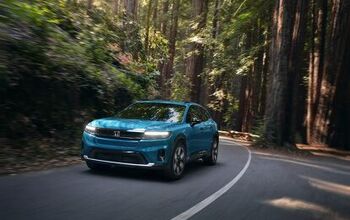

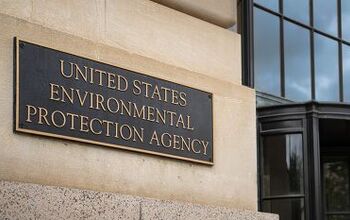
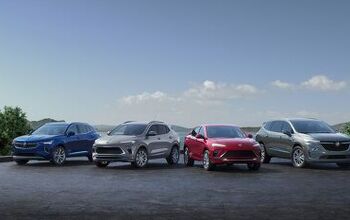

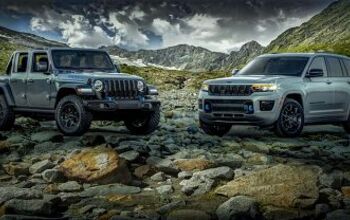
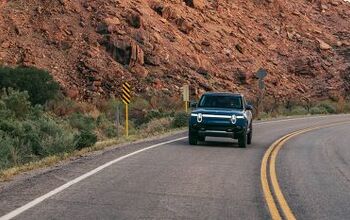
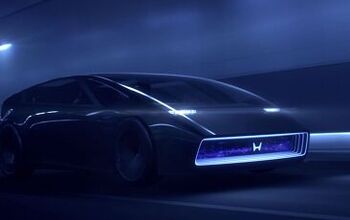
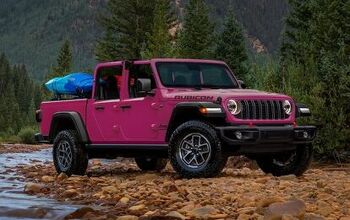
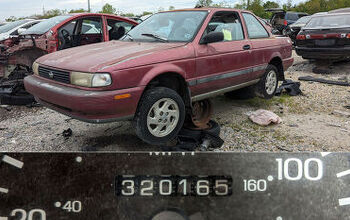
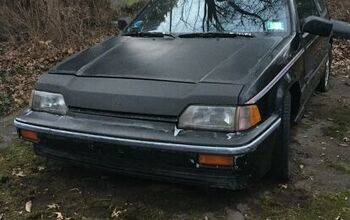
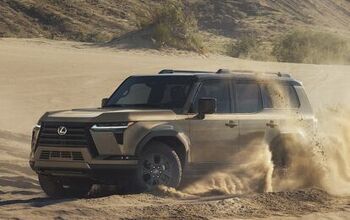
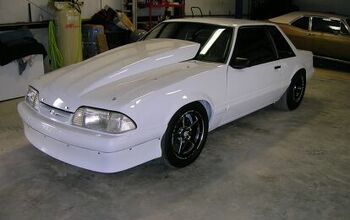
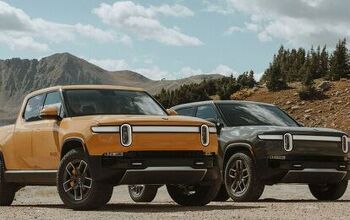
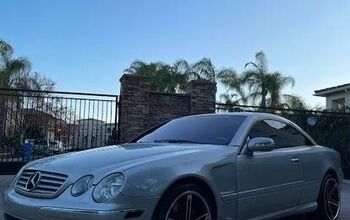

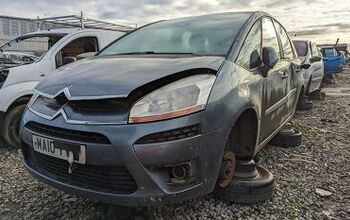
Comments
Join the conversation
The OP said: "However, fixing vehicle-based emissions has been an uphill battle. In fact, it’s worse now than it has ever been" What is the basis for that assertion? I find it very hard to believe that vehicles based emissions are worse now in California than they were in the 1960s and 70s before any meaningful emissions controls.
Hydrogen? They're still greenwashing that wasteful experiment?